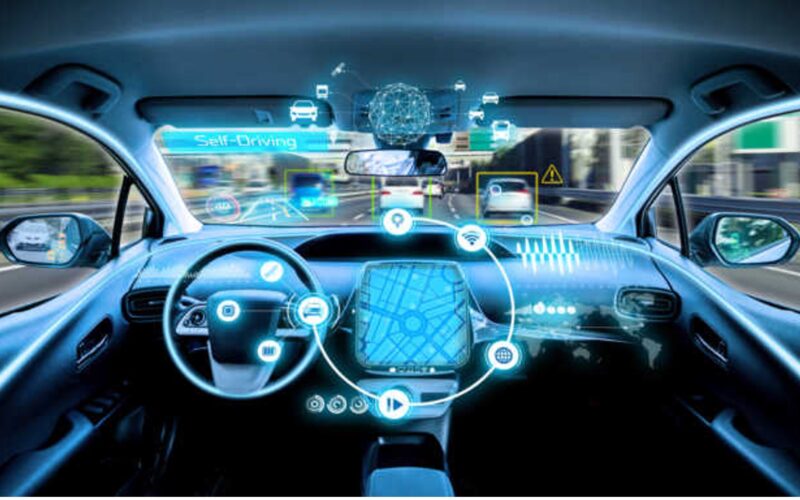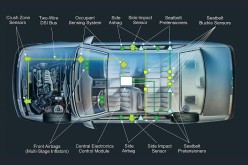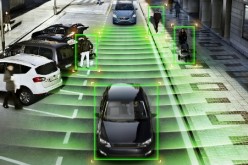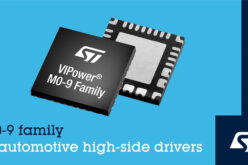Benefits of connected cars with IoT and ADAS

The post-pandemic world has brought about significant changes in everyday life, particularly in the realm of transportation. Personal car usage declined by 45% during the pandemic, while incidents of speeding surged. Studies from IIHS reveal a 40-60% increase in speeding during the early months of the pandemic, and this trend has persisted.
These shifts in driving behaviour highlight specific issues. Speeding contributes directly to a rise in road accidents, while decreased car usage may necessitate increased attention to car maintenance.
Amidst these transformations, transportation is undergoing a profound evolution. Vehicles are no longer mere modes of transportation but are evolving into intelligent machines that communicate, think, and make decisions. This transformation is driven by two prominent technologies: the Internet of Things (IoT) and Advanced Driver Assistance Systems (ADAS).
In the context of connected cars, IoT seamlessly integrates with complementary technologies such as AI, Big Data, and ADAS. Its power lies in connecting devices, collecting data, and transmitting it for analysis, transforming various industries.
For connected cars, IoT facilitates a continuous flow of data between the vehicle, driver, and the external environment. This data can enhance safety, efficiency, and convenience. Examples include providing personalized driver settings, monitoring engine health, predicting maintenance issues, and delivering real-time traffic updates.
ADAS utilizes sensors and software to detect potential hazards and assist drivers in avoiding accidents. Common features include automatic emergency braking (AEB), lane-keeping assist (LKA), and adaptive cruise control (ACC). IoT complements ADAS by improving sensor accuracy and providing real-time road condition updates, thereby enhancing accident prevention capabilities.
The impact of ADAS is already visible in reducing fatal crashes. Studies indicate that ADAS technologies contributed to a reduction of nearly 10,000 fatal crashes in 2019. With the integration of IoT, ADAS can further evolve into a life-saving mechanism by enhancing accuracy and effectiveness.
Connected cars equipped with IoT also offer benefits in maintenance, user experience, and environmental impact. IoT-enabled predictive maintenance can reduce vehicle maintenance costs and prolong vehicle lifespan. As exemplified by Tesla, over-the-Air updates enhance convenience, cost-effectiveness, and innovation. Smart traffic management systems within the connected car ecosystem can alleviate urban traffic congestion and reduce CO2 emissions, contributing to the fight against climate change.
The combination of IoT and ADAS is propelling the development of connected cars that are safer, more efficient, and more convenient. As technology progresses, self-driving cars, vehicle-to-vehicle communication, and autonomous parking are among the anticipated advancements. The global market for connected cars is projected to reach $1.2 trillion by 2030, driven by the demand for safer, more efficient, and convenient vehicles.
We are only at the beginning of this transformative journey. As the technology matures and becomes more widespread, the profound benefits of IoT and ADAS in transportation will continue to unfold, making a lasting impact on road safety, sustainability, and overall travel experiences.














